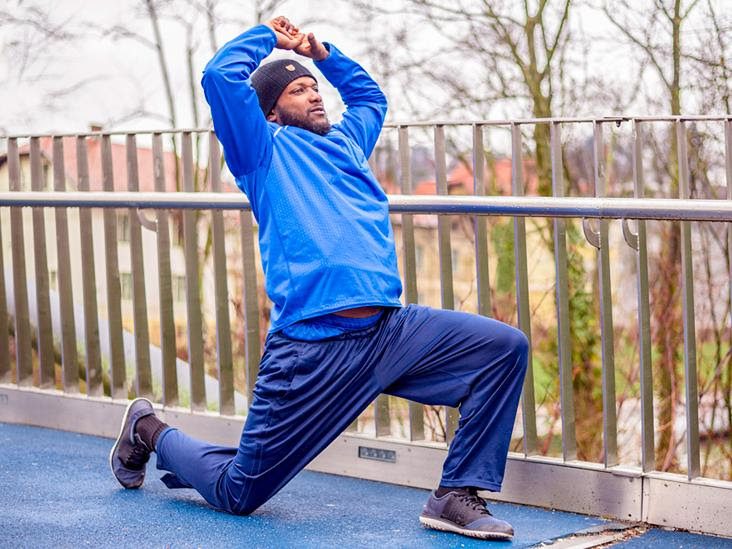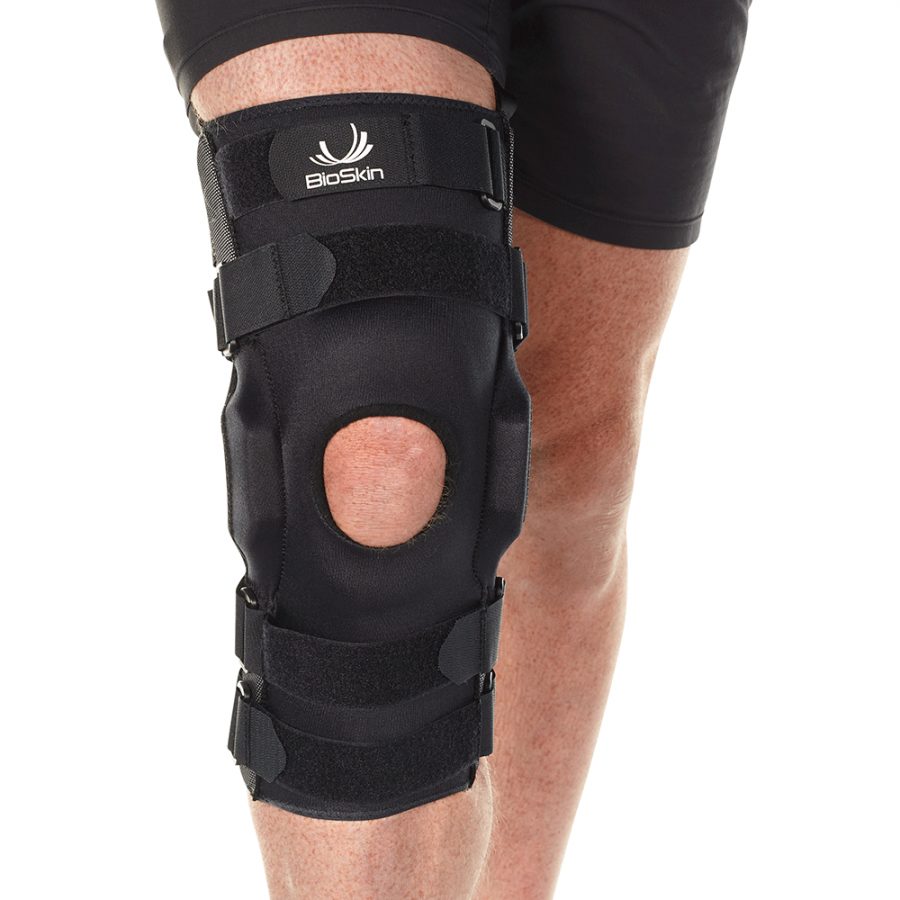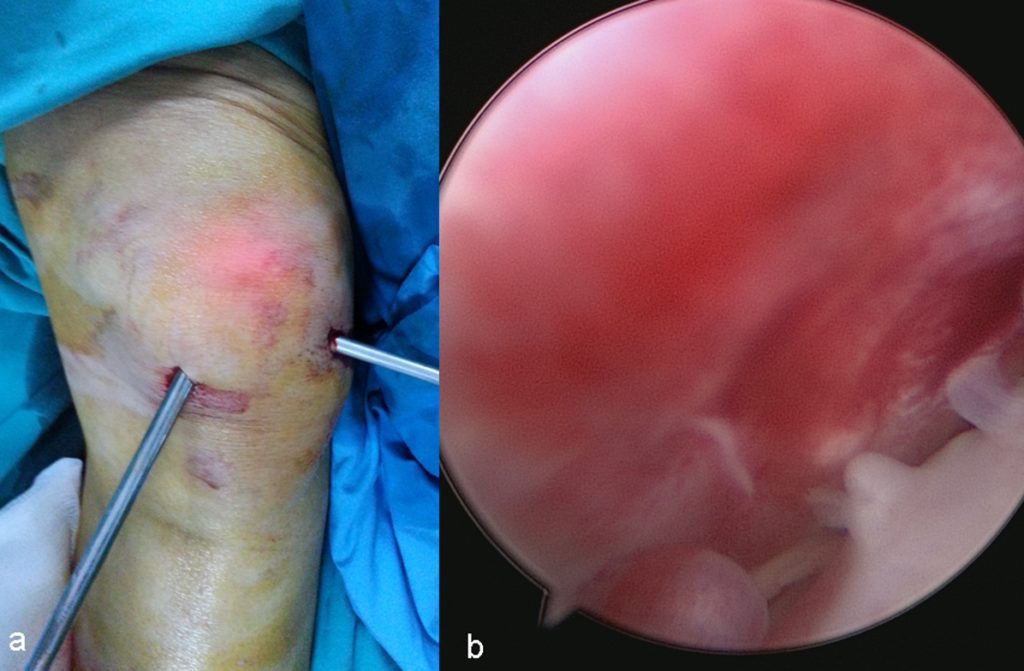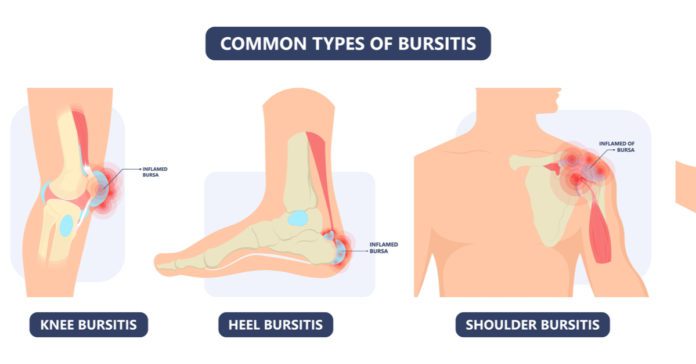Human bursitis is a musculoskeletal situation whereby the bursa sac is afflicted with inflammation or irritation. These sacs are all around the body, and they contain fluid that relieves rubbing and friction between several tissues such as bones, tendons, muscles, or skin. It is usually common to find tendons surrounding large joints, including the shoulder, elbow, hip, and knee.
Usually, bursitis is a temporal condition. Although it has been found to limit movement, it is generally believed not to be a severe cause for deformity. The situation can happen to any bursa in the body. However, here is the most renowned:

- Retromalleolar tendon bursitis
- Posterior Achilles tendon bursitis
- Hip bursitis
- Elbow bursitis
- Knee bursitis
- Kneecap bursitis
The bursa membrane has a sac that is made up of an outer membrane and inner fluid. These include:
Synovial membrane
This forms an enclosed sac. Usually, a healthy synovial membrane is thin.
Synovial fluid
This is a vicious and slippery fluid that lubricates the joints and prevents friction.
Common Causes of Bursitis
The most typical cause of bursitis is injury, overuse of a joint, or an infection on most occasions. Similarly, it can be caused when there is a repeated pressure in a specific area. As you grow older, your body tendons naturally become difficult to withstand too much stress, thereby becoming less elastic and susceptible to wear and tear.
Equally, problems with bone structure or joints may also place tension on the bursa and cause bursitis. The reactions to medications can also trigger bursitis, but for this to happen, the following are conditions that may occur:
- Rheumatoid arthritis
- Gout
- Tendonitis
- Psoriatic arthritis
- Diabetes
- Thyroid disorders
In some measures, bursitis can also be caused by:
- Trauma from joint injury
- Ingestion of antidepressants such as Celexa, Paxil, and Zoloft
- Poor posture and walking habits
Meanwhile, since the condition is caused by repeated pressure on the joint, certain high-risk activities for its occurrence include:
- Gardening
- Raking
- Carpentry
- Painting
- Tennis
- Golf
- Skiing
- Scrubbing
- Throwing.
Anyone who sits or stands for a longer time at home or work can also be afflicted with bursitis. People who do not engage in adequate stretching before doing exercise also tend to get the condition.
Bursitis Symptoms
It’s crucial to know the symptoms that are associated with bursitis. Most times, pain is the most common symptom. Its occurrence differs as it may come gently or show up suddenly and severely, especially if you have calcium deposits around the area. You can only feel it anytime you attempt to stretch or probably extend the joint in this situation. Your range of movement might equally be limited without feeling any pain whatsoever.
Other symptoms you are liable to have include:

- Stiffness
- Tenderness
- Swelling and inflammation
Should you have repeated pains, inflammation, and tenderness, you may have chronic bursitis. This might even lead to the damage of your muscles in the affected area.
Bursitis Treatment
As soon as you find out you possess any bursitis symptoms, it would be best to get yourself a suitable treatment.
Physical Treatment
If you have issues with your bursa which cause you pain, you should not hesitate to visit a therapist. Meanwhile, physical therapy is a kind of sports medicine that will assist you in getting back to fitness from the sores on your bursa. Early treatment will help prevent further damages and aid your healing process. Also, they will help you prevent such injury in the future.
Most times, people who have bursitis do not require prescription medication or invasive medical procedures to treat themselves. Physical treatment can be effective with that. While your therapist may suggest resting as a treatment measure, you can also engage in a couple of physical activities to get you back to position.
Listed below are some of the physical exercises that your therapist can recommend for effective rehabilitation and how to carry them out:

Hip rotator stretch
- Lie flat on your with two knees bent and feet positioned flat on the floor
- Put the affected leg’s ankle on the thigh of the second leg
- With your hand, gently push your knee away until you feel a stretch around the hip
- Maintain this stretch for about fifteen to thirty seconds.
- Repeat two to four times
- Repeat steps one to five but this time, pulling your knee toward the opposite shoulder.
Illiotibial band stretch
- Against a wall, lean sideways. You can hold a chair if you are not steady
- Stand on the leg with the affected hip
- Ensure your hip drops out sideways of your body towards the wall
- Lean away from the affected hip till there is a stretch
- Stay in this position for 15 to 30 seconds
- Repeat two to four times
Posterior stretching exercise
- Attempt the elbow of your injured arm with a hand
- With your hand, gently pull the injured arm across the body to feel a tender stretch at the back of the shoulder.
- Stay in this position for 15 to 30 seconds, then lower your arm
- Repeat this two to four times
Scapular exercise: Wall push-ups
- Stand to face a wall of about thirty to forty-five centimeters away
- At shoulder height, place your hands on the wall
- Gently bend your elbows, bringing your face to the wall and keeping your back and hips straight.
- Gently push back to the initial position
- Repeat for about eight to twelve times
- After doing this exercise comfortably on a wall, you can move to a counter, couch, a sturdy chair, and finally to the floor.
Internal rotator strengthening exercise
- Tie a piece of elastic material to a doorknob (surgical tubing can be used)
- With your shoulder relaxed and elbow bent at 90 degrees, stand or sit with your upper arm by your side.
- Gently squeeze a rolled towel between your elbow and body for easiness
- Grab one end of the elastic band using the painful arm
- Gently turn your forearm against your body until it reaches your belly and equally return it to its initial position.
- Maintain your elbow and upper arm position with the towel roll
- Repeat eight to twelve times.
Similarly, your therapist can help you recondition your bursa, so it does not become worse. Aside from the above-recommended exercises, several other techniques can equally be implemented to ward off pressure away from the muscles in your bursa.
Other physical therapies that can be adopted include:
Rest
When you take a lot of rest by desisting from walking or working out, you will enhance the healing of your bursa.
Apply ice
It is also good to apply ice packs to the affected area of the bursa. If you do this at least 3 to 4 times daily for every 20 or 30 minutes, you will reduce pain and inflammation.
Compress your leg
With the aid of an elastic bandage carefully worn around the affected area, you would reduce swelling.
Alternative Options
Aside from the physical treatments that are used in the treatment of bursitis, other alternative treatment methods that can also be put into adoption include:
Acupuncture
If you like to go the natural way, acupuncture will provide you the route to effective bursa treatment solutions. Acupuncture has always been one of the most common methods used to resolve musculoskeletal disorders. And it has become meaningful in treating bursitis. Hence, if you seek relief from bursitis, you can take acupuncture as a treatment. It will reduce your pain, facilitate smooth healing, and boost your recovery process.
Steroid injections

You can take anti-inflammatory medications such as corticosteroids which help reduce pain and swelling of the bursae. Two shots of injections should be enough to get relief from pain.
Chiropractic care
When you manage to undergo a particular adjustment of your bursa, you would realign your spine and reduce joint restrictions by ensuring the proper functioning of your nervous system.
Other alternative methods to treat bursa include:
- Avoid repetitive activities
- Use crutches if required
- Use a brace, band, or splint on the affected joint to restrict movement.
- Take antibiotics
- Elevate the injured area
- Engage in occupational therapy, which avails you the opportunity to learn how to move without pains in the affected area.
Devices/Equipment to Relieve Bursitis Symptoms
Treadmill
The treadmill is an excellent equipment to relieve hip and knee bursitis because walking is what people do every day. It is a very functional option for people with bursitis. It has a spring attached to its belts, reducing shock on the extremes and at the back. You can go as slow as possible and equally build up speed and intensity at your own pace.
Stationary Bike
The stationary bike is equally one of the essential equipment to relieve the stress of knee bursitis. You can cycle gently as this allows your hip bursa to rotate externally. People who have just had surgery can also make use of this as it assists them in getting back their range of motion. Although they should not consider that until and unless approved by their therapist.
Bursitis Knee Sleeves

The knee sleeves are a device used to resolve knee bursitis. The athletic compression knee is built with an organic germanium bamboo charcoal blend fabric to increase blood flow and the rate of oxygen flow specifically. It is styled to provide a reduction in pains and inflammation and assist in an improved healing process.
Bursitis Prevention
You can prevent the occurrence of bursitis on your hip. Here are few tips to avoid that:
- If you work behind a desk or in an office environment sitting for long hours, get up every hour and move around to stretch your hips
- Before engaging in any physical activity, ensure to workout properly
- Stretch out your hip at the end of every exercise and massage regularly.
- Take breaks of short intervals if you are doing repetitive jobs
- Maintain a proper posture
- Keep a healthy body weight.
Medical Procedures for Bursitis
The following are the medical procedures that usually accompany people with bursitis:
Diagnosis
In the course of a physical examination, your therapist would check for inflammation, swelling, or points of tenderness. The therapist can also check the mobility of your hip as well as your range of motion. This will help determine the areas that are painful and where a muscle is damaged.
Imaging Tests
In cases of extreme bursitis, the muscles in the joint can tear. It could completely get detached from the hip or shoulder joints. Usually, X-rays check for broken bursa fluid or dislocated bones, while MRI and ultrasound scans identify the tears in muscles and tendons. Also, Laboratory tests are being conducted via a needle to take fluid to assess a possible infection.
Surgery

Although bursitis is not so much of a problem, your therapist will most likely recommend surgery for you when a home remedy cannot resolve the affliction. A medical procedure known as surgical drainage and removal of an infected bursa is undergone. The name of this process is referred to as bursectomy.
Natural Remedies for Bursitis
Several conventional treatment methods exist to cure bursitis in humans, as listed above; however, other natural remedies have equally proven to work better and are as effective. They include:
Rest
When you take a lot of rest by desisting from walking or working out, you will enhance the healing of your bursa.
Apply ice
It is also good to apply ice packs to the affected area of the bursa. If you do this at least 3 to 4 times daily for every 20 or 30 minutes, you will reduce pain and inflammation.
Compress your leg
With the aid of an elastic bandage carefully worn around the affected area, you would reduce swelling.
Non-steroidal anti-inflammatory drugs (NSAIDs)
Certain medications such as Aspirin, Ibuprofen, Naproxen, and other NSAIDs might assist in the relief of your bursitis and ultimately reduce inflammation of the affected area. However, you should follow prescriptions that an appropriate health professional hitherto recommends avoiding abuse.
Massage
As a natural remedy, massage plays a vital role in the relief of hip pains. You can solicit the help of someone such as a family member to help you knead the sore muscles around your bursa. However, you can equally get it done by yourself too. Gently rub your hip, shoulder, or knee. You can also make use of ointments. But if that proves to be ineffective, get a therapist.
Conclusion
We have established that bursitis is a musculoskeletal situation whereby the bursa sac is afflicted with inflammation or irritation. They are usually common around tendons surrounding large joints, including the shoulder, elbow, hip, and knee. Some of the common underlying causes of bursitis include rheumatoid arthritis, gout, tendonitis, diabetes, thyroid disorders, etc.
Meanwhile, since the condition is caused by repeated pressure on the joint, certain high-risk activities for its occurrence include gardening, raking, carpentry, painting, tennis, golf, etc. Similarly, anyone sitting or standing for a longer time at home or work can also be afflicted with bursitis. People who do not engage in adequate stretching before doing exercise also tend to get the condition.
The solutions to bursitis include physical therapy, which includes rest, ice, compression, and elevate. You can also engage in stretching exercises to enable you to regain your health. Similarly, other alternative treatment methods that can equally be used include acupuncture, steroids injection, chiropractic methods. However, suppose the situation becomes more complex than any of the above can resolve. In that case, you may be required to undergo a medical procedure, and a professional surgeon will carry out the surgery.


